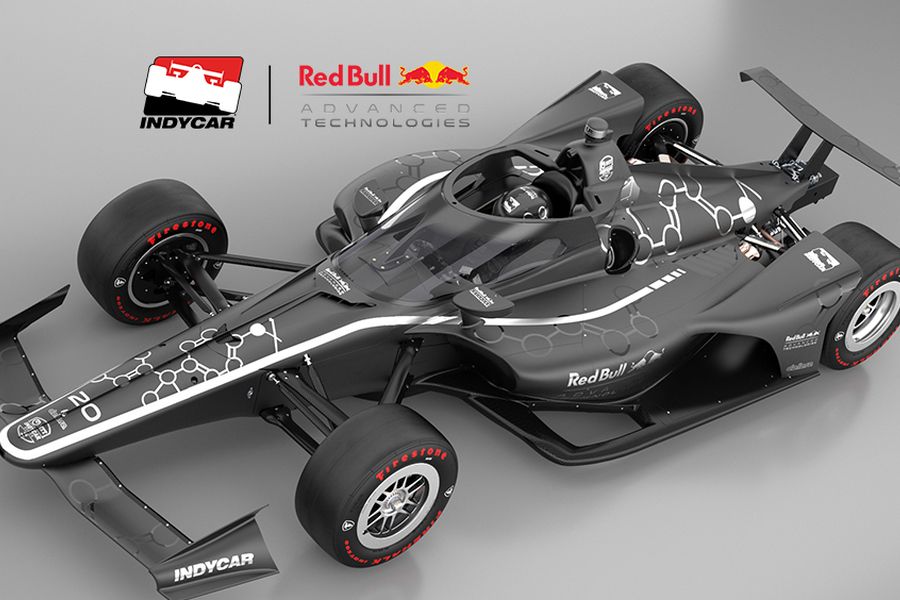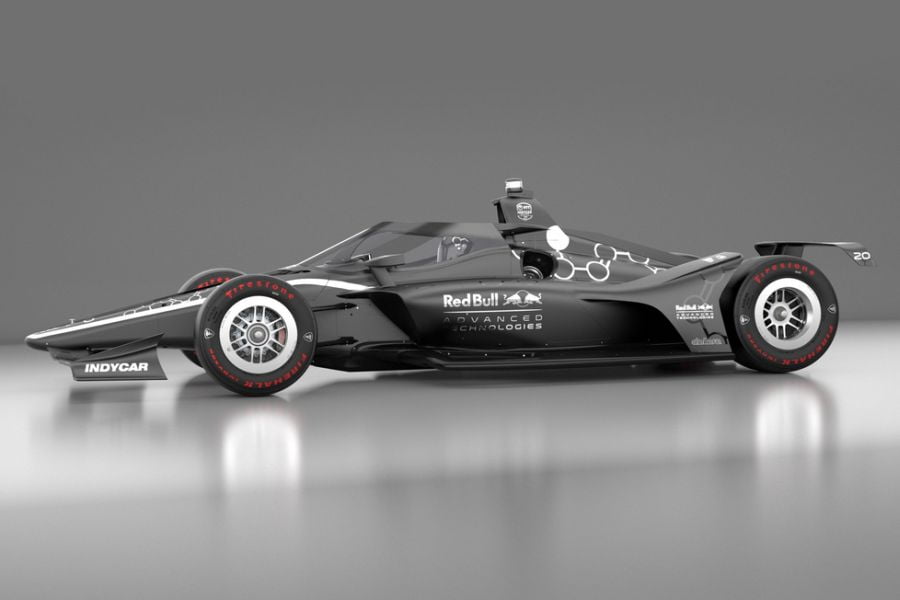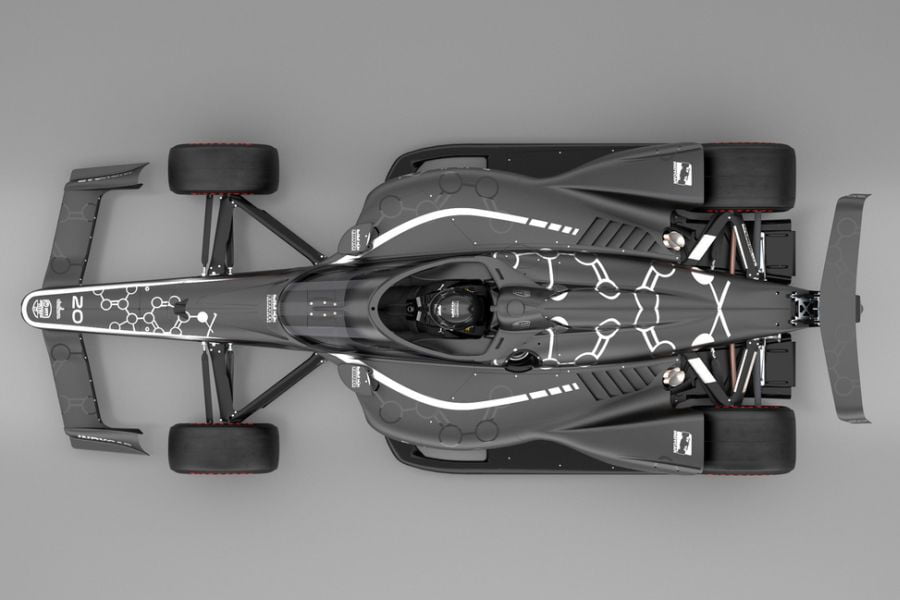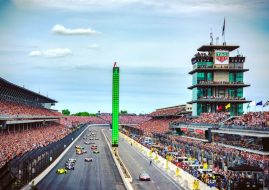IndyCar Series will use Aeroscreen cockpit protection from 2020 season
IndyCar Series introduced an Aeroscreen driver cockpit protection system that will be in use from the 2020 season. It was introduced in a press conference at Indianapolis Motor Speedway.
IndyCar has formed a partnership with Red Bull Advanced Technologies to design and develop the Aeroscreen with an aim to reduce the risk of driver injury from debris or other objects striking the cockpit area.

The Aeroscreen features titanium frame
“Since the first prototypes were developed and demonstrated in 2016, the potential of Aeroscreen to improve the safety for drivers in the event of frontal impacts in the cockpit area of cars has been clear. This new partnership with IndyCar gives us at Red Bull Advanced Technologies the go-ahead to fully explore that potential, and to deliver a protection system that will help prevent serious injuries and potentially save lives in the U.S.’ premier single-seater series. Over the coming months, we’ll be working closely with IndyCar and its drivers to refine and perfect Aeroscreen, and we’re looking forward to seeing the results race in 2020,” said Christian Horner, Red Bull Advanced Technologies CEO and Red Bull Racing team principal.
“This collaborative effort on the Aeroscreen between Red Bull Advanced Technologies, Dallara and INDYCAR truly exhibits an unrelenting commitment and passion for enhancing driver safety. We would like to thank everyone at Red Bull Advanced Technologies for creating a design that will be significant in the evolution of motorsports safety, not only for the NTT IndyCar Series but from a global perspective,” IndyCar President Jay Frye said.

The Aeroscreen was developed by Red Bull Advanced Technologies
The Aeroscreen is the second phase of IndyCar’s objective to further enhance driver safety in the open-cockpit race cars. Previously, the Advanced Frontal Protection (AFP) device was introduced for the IndyCar Grand Prix earlier this month. The AFP is designed to help deflect debris away from the cockpit area and the driver.
The Aeroscreen will consist of a polycarbonate laminated screen that includes an anti-reflective coating on the interior of the screen, an anti-fogging device through an integral heating element and possibly tear-offs, all of which will be produced by integrated third-party companies. Another feature for the drivers will be a cockpit cooling option that will be designed by Dallara.
The titanium framework will mount in three areas around the cockpit – the chassis centerline, two-rear side mounts and roll hoop integration – to provide enhanced load-bearing capabilities. The load bearing is expected to be 150 kilonewtons (kN), which would equal the FIA load for the Halo design currently used in Formula One.
Photos: IndyCar Series,








